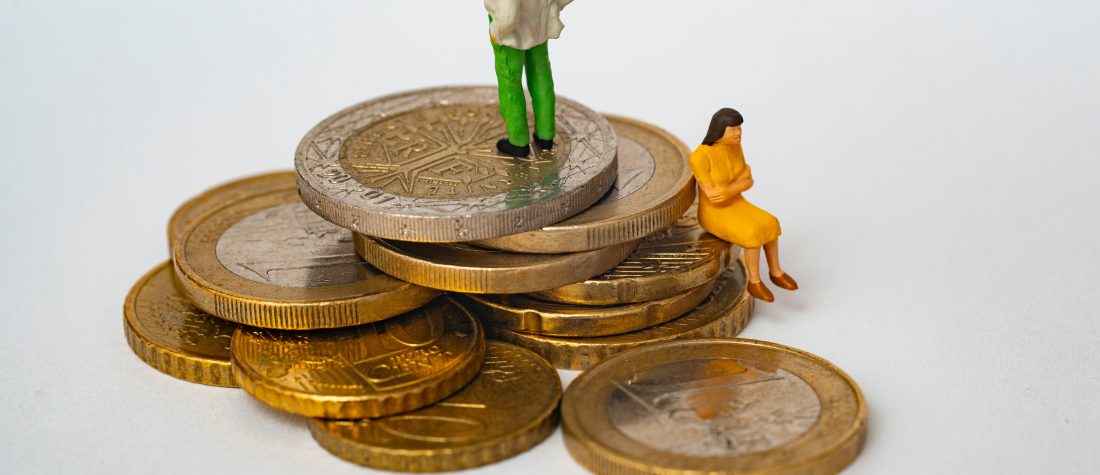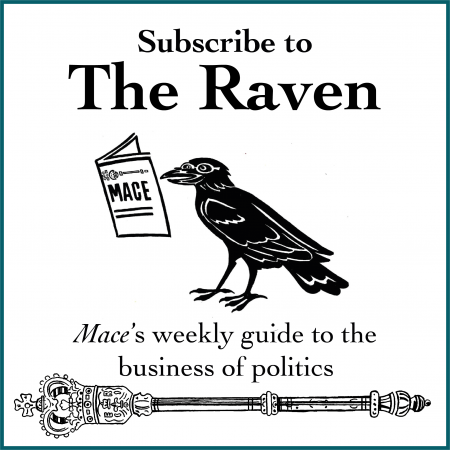In February 2002, the euro became the sole currency of 12 European Union (EU) member states, replacing the French franc, the German mark, the Italian lira, the Spanish peseta amongst others. The European Monetary System (EMS) is a complex convertibility agreement between these currencies. It’s also one of the most ambitious monetary experiments in human history. 20 years after this landmark moment, what’s the state of the common currency’s balance sheet?
It was a slow burner
The concept of a common European currency can be traced back to 1929, when German statesman Gustav Stresemann urged the League of Nations (the United Nations’ predecessor) to adopt one. It took until the 1970s for any serious discussion of potential implementation to pick up, with the European Economic Community (EEC, forerunner to the EU) even overseeing some monetary cooperation between its various central banks.
After the fall of the Berlin Wall in 1989, the French agreed to drop their opposition to German reunification in exchange for German support for the euro. In 1992, the member-states ratified the Maastricht treaty and the subsequent introduction of a single currency. Not everyone had been a fan of the idea. In a piece for Project Syndicate in 1997, Chicago School guru and Nobel laureate Milton Friedman warned that the eurozone was not an “optimum currency area”. In the 1980’s, a brilliant young Italian PhD student at MIT concluded “that the single currency was madness, something absolutely not to do.” Little did the young Mario Draghi know that he was destined to become, three decades later, the European Central Bank’s (ECB) most celebrated governor and the man famously ready to do “whatever it takes” to save the euro.
How to survive a crisis
While the eurozone’s first decade was relatively quiet, the 2008 global financial crisis and its aftershocks across the EU brought the currency to its knees. The financial solvency of many a Mediterranean government, primarily Greece’s, had been fraudulently overstated with the help of multinational investment banks, thus allowing the PIGS (Portugal, Italy, Greece and Spain) to freeload off the credibility of their Northern neighbours. The various fiscal and budgetary criteria introduced over the years were supposed to mitigate that risk but fell short. Without the activism of Mario Draghi, the eurozone could have collapsed. Draghi ripped up the monetary rule book by having the ECB massively buy sovereign bonds on the secondary market, a clear violation of the spirit, if not of the letter, of the European treaties.
The rich get richer
The eurozone also struggled to deliver on its stated goals. Not only did it not accelerate the convergence of European economies, but conversely capital moved from the periphery to the core. In southern countries, the euro was valued too high to allow their economies to compete in the international market. Without the capacity to devalue their currencies, countries like Italy saw little light at the end of the tunnel. Others decided to rely on “internal devaluation,” by cutting wages and other labour costs as the sole way to restore international competitiveness. The Germans did so in the early 2000s under Gerhard Schroder’s social-democratic leadership and reaped the benefits. But just like the dreaded currency devaluation wars that European policy makers feared in the post-war era, competitive internal devaluations can have equally zero-sum, destructive effects.
In an optimum currency area like the United States, the financial difficulties of one area would be offset by fiscal transfers from the more competitive areas. But despite northern Europe and especially Germany benefitting so much from the euro, these countries were largely unwilling to back large intra-EU transfers, with nationalism remaining considerably more powerful than any sense of European solidarity. These tensions were compounded by Germany’s record-high trade surpluses and its staunch opposition to raising public spending, despite its potentially massive downstream effects in stimulating the eurozone.
Fated to live with it
This is not to say that the eurozone has been a disaster. By doing away with burdensome exchange rate complications, it incentivized investment and provided stability to European companies, especially those with an international footprint. At the peak of the eurozone debt crisis, it also allowed heavily indebted countries to continue borrowing without paying exorbitant interest rates. Yet circumscribing the assessment of the eurozone to pure economic and monetary aspects misses the larger picture. The euro was meant as a political stepping stone toward greater ambitions – an accelerator of European integration of sorts. Former Chancellor Angela Merkel made this point clearly in a 2010 statement to the Bundestag where she argued that “the euro is our common fate, and Europe our common future.”
It remains to be seen if the euro did create this feeling of common belonging, given the lack of convergence straining relations between northern and southern capitals. As Milton Friedman predicted in 1997, the euro has at times “exacerbated political tensions by converting divergent shocks that could have been readily accommodated by exchange rate changes into divisive political issues.” But equally important was the idea that the creation of a single currency would steer policymakers in the future towards accepting a degree of further integration that would bolster the eurozone’s stability. Some policymakers also relished the idea of tying themselves to the mast of the single currency to avoid falling for the sirens of fiscal indiscipline at home.
This pro-European momentum of the 1990s was quickly damped by the rise of euroscepticism across the continent, with the French and Dutch even voting down the treaty for a European constitution in a referendum in 2005. Many Europeans were wary of pooling their sovereignty away from their national polity and into Brussels. The process of integration continued at a slow but steady pace. The eurozone launched a banking union in June 2012, although it remains incomplete. Most importantly, amidst the Covid pandemic, the EU agreed to transfer, through loans and grants, considerable amounts to southern economies as part of their Covid recovery fund. In the process, the EU issued a joint debt instrument that many equated to a “Hamiltonian moment”. The US only became a stable polity after Treasury Secretary Alexander Hamilton pushed the states to commit to a joint debt obligation, hence the name.
More importantly, the eurozone is no longer subject to threats from politicians. Former critics Marine le Pen and Matteo Salvini have abandoned their dreams of leaving the eurozone, accepting that a U-turn into isolated monetary wilderness would be both financially and politically ruinous. Without a credible alternative, Europe’s political leadership has condemned the euro to succeed. The eurozone was not an optimum currency area, and never could have become one. European leaders nonetheless believed they could turn it into one, and achieve further European integration in the process. The bold project has fallen short of its objectives but is still standing after 20 rocky years. Its survival means that it will continue to slowly nudge the EU towards further integration.
François Valentin (@Valen10Francois) and Jorge González-Gallarza (@JorgeGGallarza) are co-hosts of the Uncommon Decency podcast on Europe (@UnDecencyPod). Consider supporting their show on Patreon: patreon.com/UnDecencyPod.
This article was inspired by the Uncommon Decency most recent podcast episode featuring two world-renowned economists, Jean Pisani-Ferry (SciencesPo, Bruegel) and Barry Eichengreen (University of California, Berkeley).


